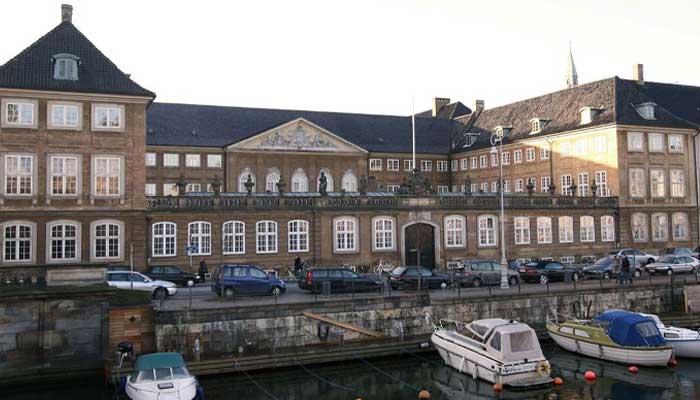
Many classic paintings and historical artefacts are at risk of moulding in Denmark's museums.
Conservators have described the new wave of mould as an "epidemic for Golden Age paintings."
The highly resistant fungus covers objects in a white coating and has been detected in 12 of the country's museums, including Skagens Museum and the National Museum of Denmark.
Mould in Denmark's museums
Classified as "aspergillus section restricti," the mould belongs to a group of fungi that can survive in extreme environments such as the deep ocean or near volcanoes.
Camilla Jul Bastholm, head of conservation and collection storage at the National Museum of Denmark noted, "It's quite a large problem because these fungi they deteriorate museum artefacts, materials."
Describing how they work, she added, "they decimate enzymes and assets, deteriorate museum objects, so it will damage them."
Preliminary studies have now been conducting at around 150 cultural sites in Denmark to check the presence of the mould.
Detection of the mould
Jul Bastholm, who was the first person to noticed it at a Roskilde's museum, believes that the white mould is a global phenomenon.
However, since it's transparent, it usually goes unnoticed and by the time it is visible, it is "too late."
Unlike most fungi, which prefers a very high humidity, and will occur as a result of humid buildings, this particular variety thrives in dry environment.
Along with museums, the mould is also seen in archives and libraries, and church.
It is also feared to be potential health hazard, meaning the affected objects might not be able to publicly exhibited.
















